A fire pit brings warmth, charm, and countless cozy evenings, but it also faces harsh conditions ash, moisture, and changing temperatures, which can lead to rust. Regular cleaning and protection are vital to keep it safe, attractive, and long-lasting. This guide walks you through when and how to clean, the tools you need, and the best preventive measures to ensure your fire pit stays in great shape season after season.
1. Know When Your Fire Pit Was Built
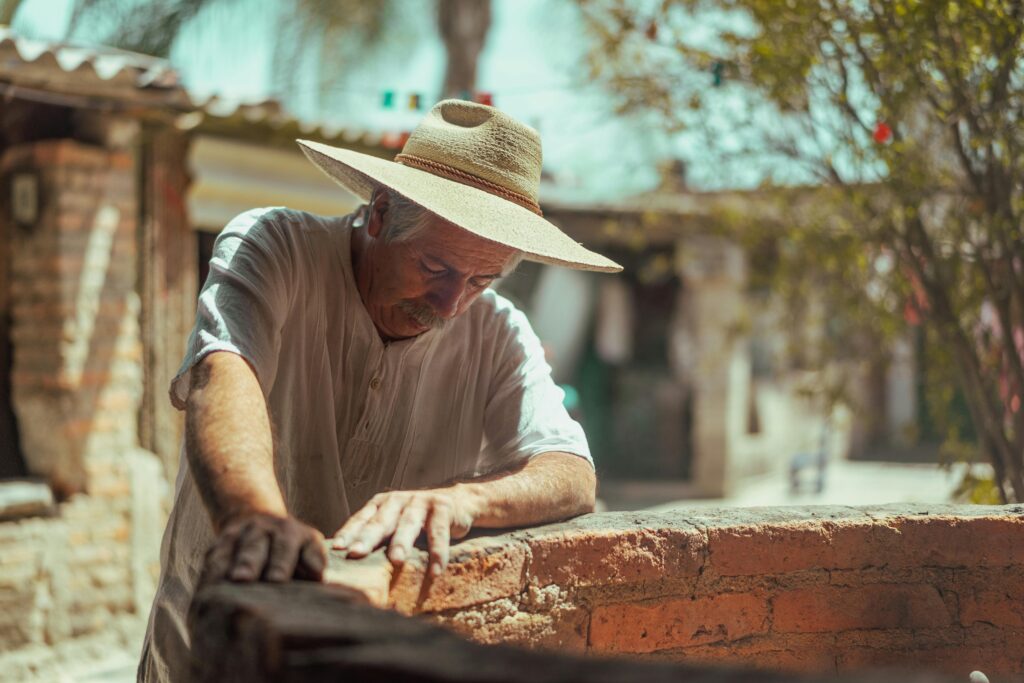
Begin by checking the purchase or installation date, usually found on a receipt or manufacturer’s tag. Knowing when your fire pit was built helps you track its age, making it easier to plan maintenance. Steel and cast-iron pits typically last five to ten years with proper care. Documenting this date also assists when ordering replacement parts or warranty services. If you bought a pre-owned pit, estimate its age by noting wear on welds, the bowl surface, or stone discoloration.
2. Why Cleaning Matters for Safety and Appearance
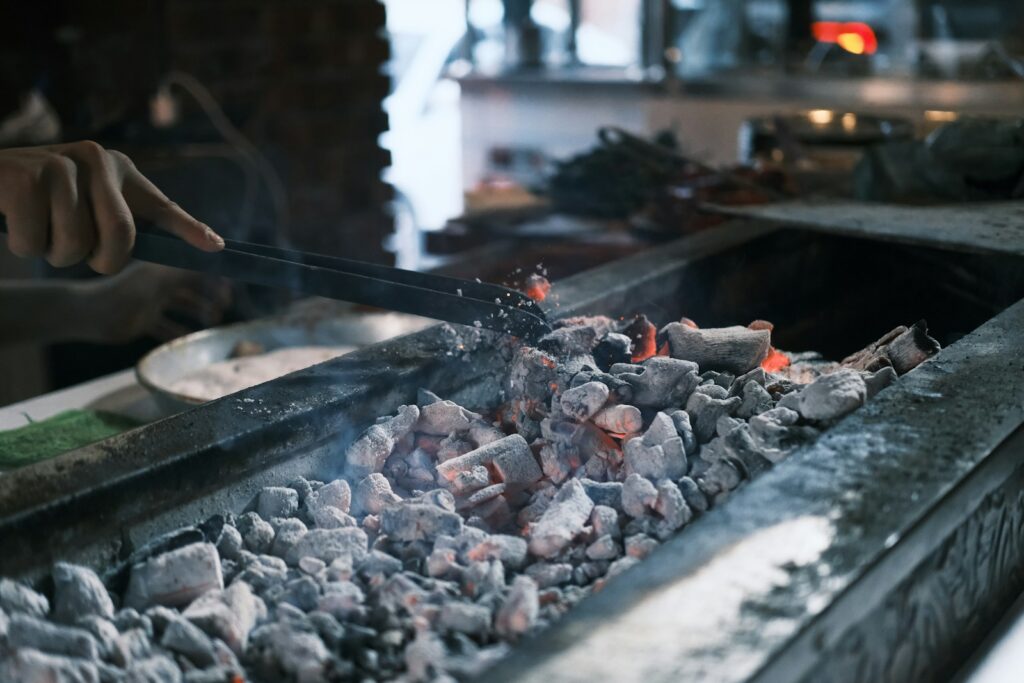
Ash and soot aren’t just unsightly; they trap moisture, which can corrode metal and weaken structural integrity. A neglected pit may develop rough edges that can cut skin or even fail during use. Regular cleaning also eliminates lingering food residue or debris that can create unpleasant smoke and odors. Keeping the surface clean preserves its finish, maintains an even burn, and reduces the risk of accidental flare-ups caused by old embers hidden beneath fresh wood.
3. Essential Tools and Materials
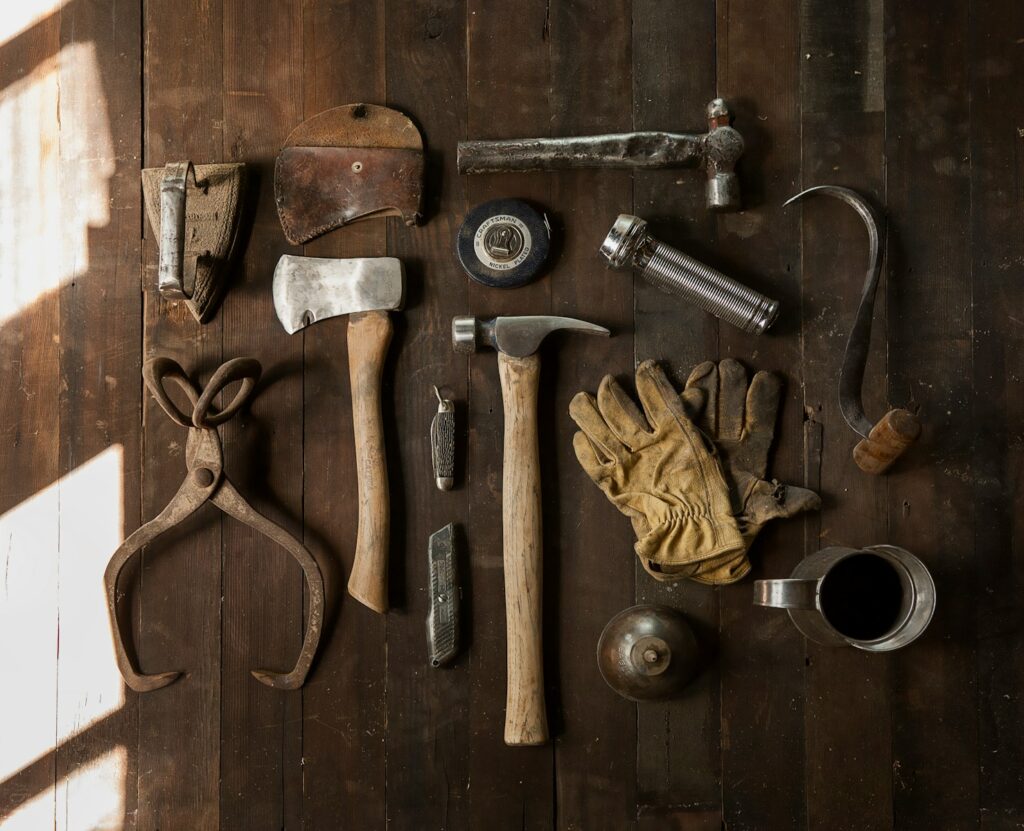
Gather a stiff-bristle brush, a metal ash shovel, mild dish soap, a bucket, soft cloths, and high-temperature gloves. For stubborn rust, include fine-grit sandpaper or a wire brush. Choose a non-abrasive cleaner free from harsh acids to avoid damaging protective coatings. Having all materials ready before starting shortens the job and helps you avoid interruptions. A handheld vacuum designed for cold ash can speed the process and prevent fine particles from becoming airborne indoors or on patios.
4. Safe Ash Removal Steps
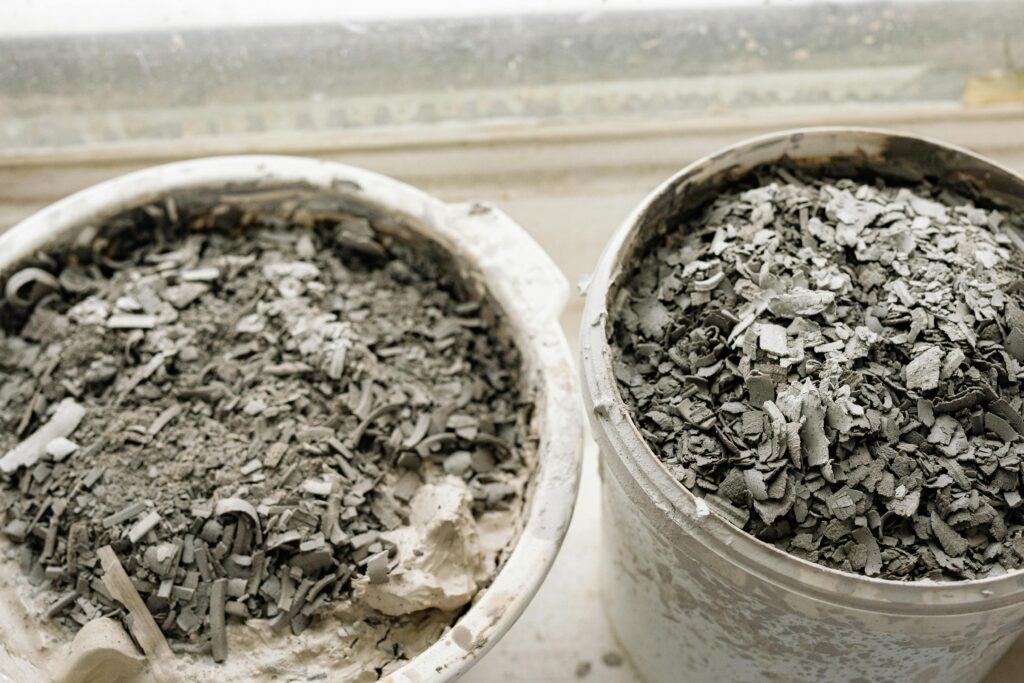
Wait at least 24 hours after the last fire to ensure all embers are cold. Wearing gloves, scoop out ash with a metal shovel and place it in a steel container with a tight lid. Never dump warm ash into plastic or paper bags. Vacuum remaining dust using a shop-vac fitted with a HEPA filter. Proper disposal prevents accidental fires and keeps wind from scattering fine particles across decks, lawns, or nearby furniture. Always double-check for lingering heat.
5. Deep Cleaning the Bowl
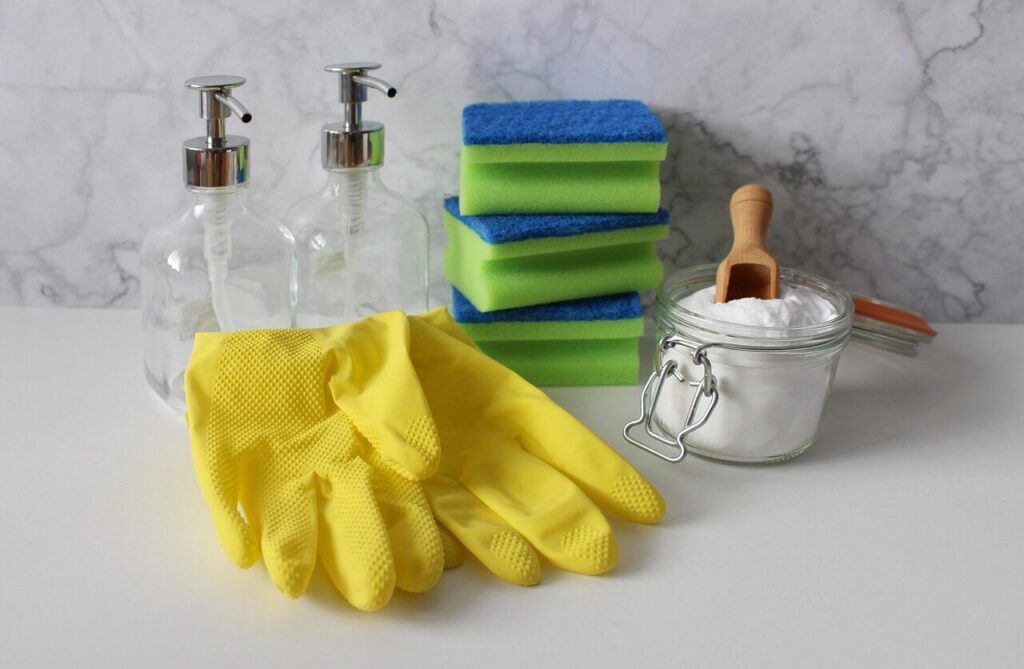
Once the ash is removed, fill a bucket with warm water and mild soap. Dip a cloth or sponge and scrub the interior, focusing on corners and crevices where soot collects. For tougher stains, use a stiff-bristle brush. Rinse with clean water and dry thoroughly with towels to prevent moisture from settling. Avoid harsh chemical cleaners; they may strip protective coatings. Cleaning the bowl after every few uses keeps surfaces smooth and limits future rust development.
6. Rust Inspection and Treatment
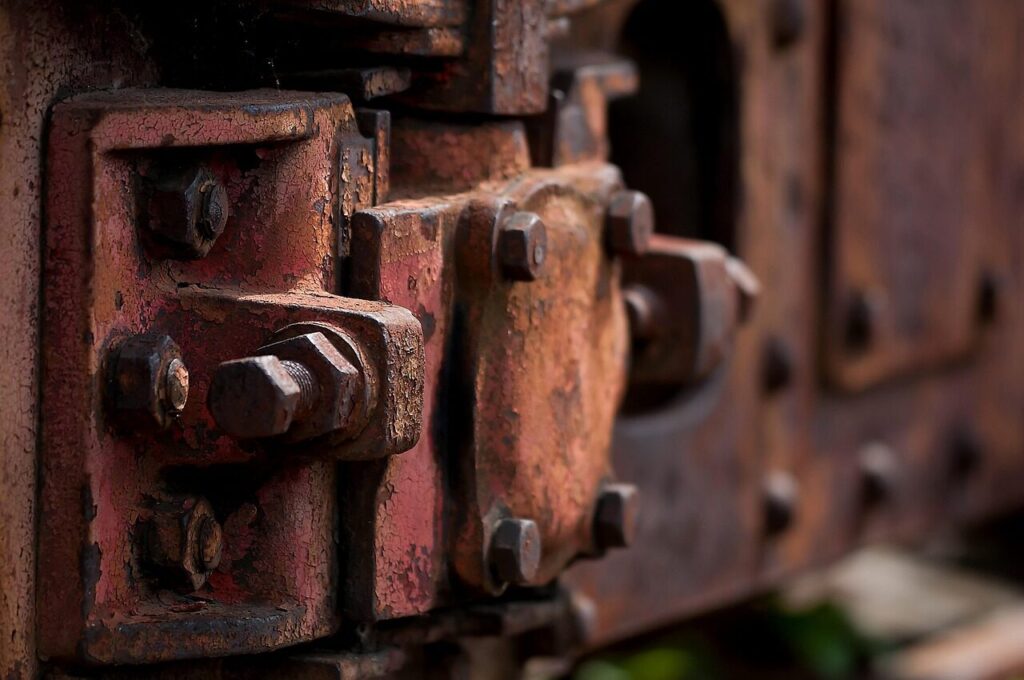
Inspect the pit’s interior and exterior for reddish spots or pitting. Light rust can be sanded with fine-grit sandpaper or a wire brush until shiny metal reappears. Wipe away debris, then apply a high-heat, rust-resistant paint following the manufacturer’s instructions. For deeper corrosion, treat with a rust converter before painting. Addressing these areas promptly halts further deterioration and keeps your fire pit structurally sound for many more seasons of safe and enjoyable use.
7. Protective Coatings and Sealants
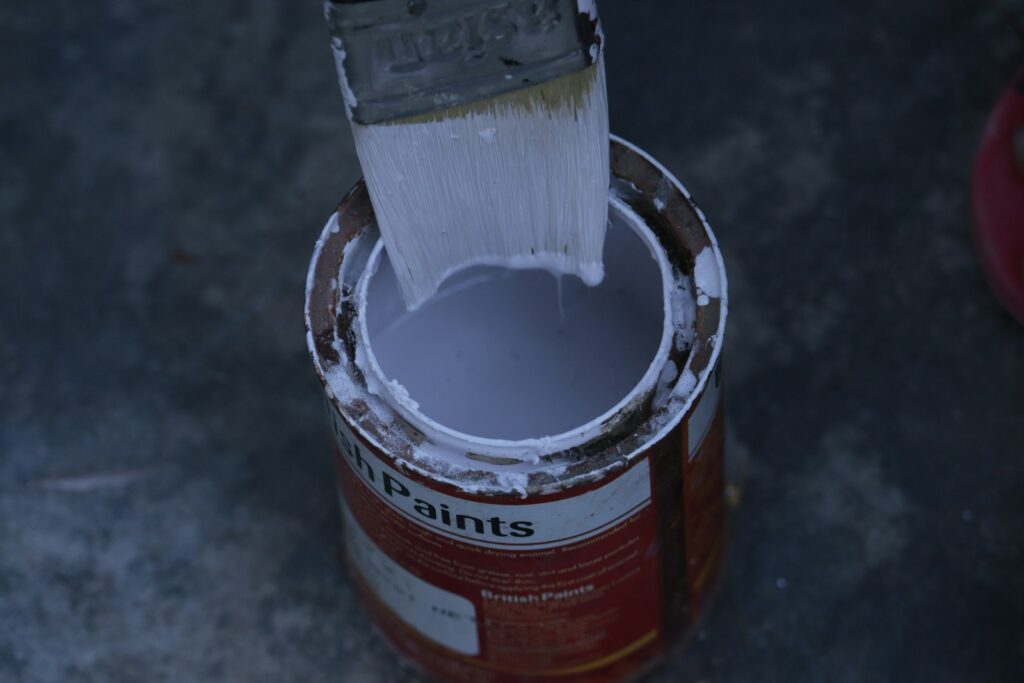
After cleaning and rust treatment, apply a high-temperature protective coating or oil finish recommended by the manufacturer. Heat-resistant paints or food-grade mineral oils for cast iron create a barrier against moisture. Follow the label carefully, applying thin, even coats. Reapply every few months or after heavy rain. These coatings act like a shield, slowing oxidation and giving the pit a polished look that enhances any outdoor space while reducing future maintenance work.
8. Seasonal Storage and Covers
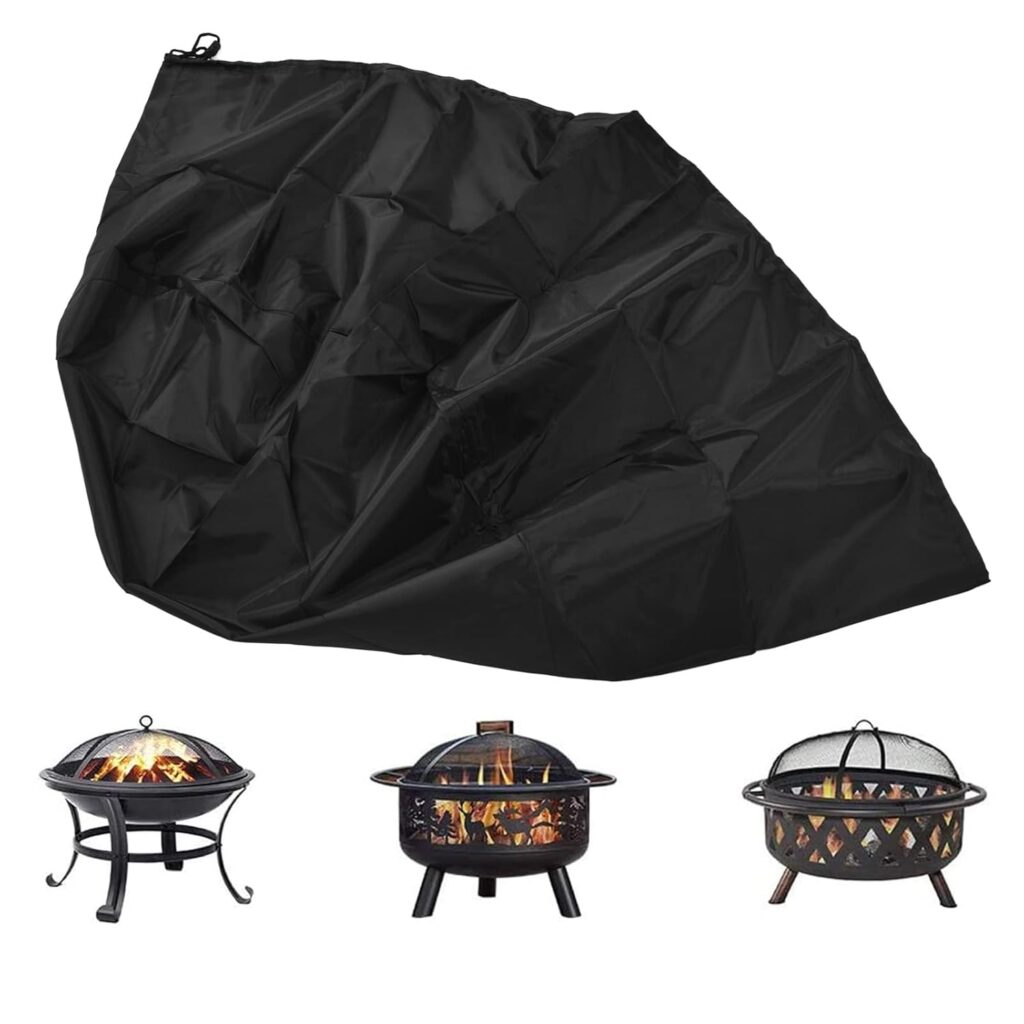
When not in use, especially during rainy or snowy seasons, cover the fire pit with a well-fitted, waterproof cover that allows ventilation to prevent condensation. If space permits, move portable pits into a shed or garage. Keeping moisture out is the single most effective way to stop rust from forming. Choose covers with drawstrings or elastic edges so wind cannot dislodge them, ensuring your fire pit remains dry and protected from harsh weather year-round.
9. Routine Maintenance Schedule
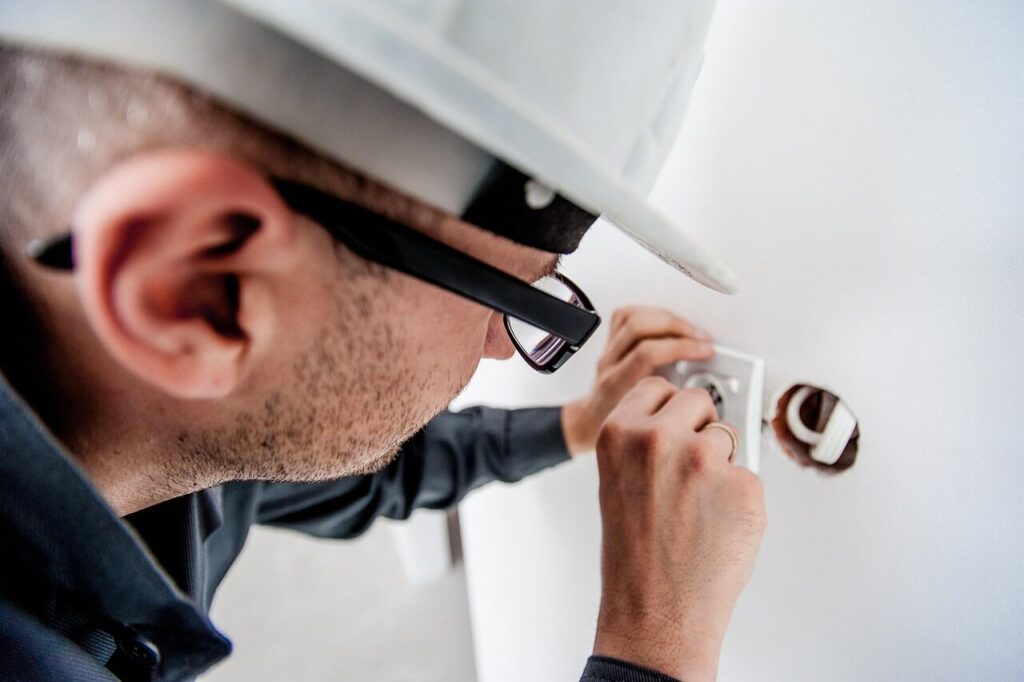
Create a simple calendar reminder to clean your fire pit at least once a month during frequent use and before long storage periods. Quick inspections after each burn help you spot early signs of rust or loose hardware. Emptying ash after every fire dramatically extends the pit’s life. Consistent attention saves money on repairs and preserves both function and appearance, making every outdoor gathering safer and more enjoyable for family and guests alike.
10. Enjoy a Long-Lasting, Rust-Free Fire Pit
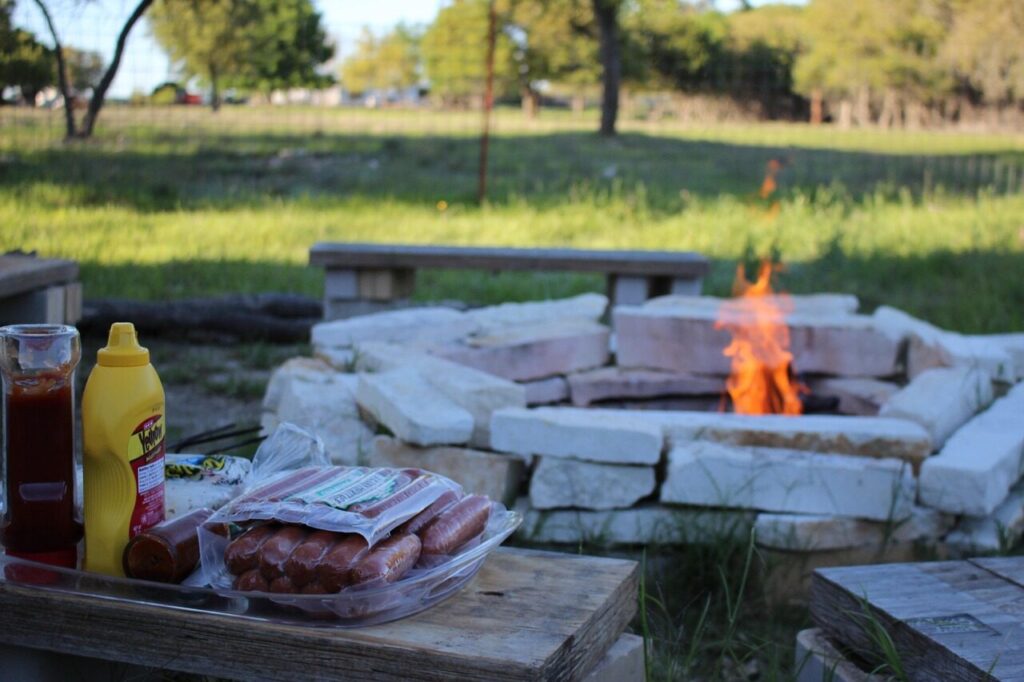
By following these cleaning and protection steps, you’ll keep your fire pit performing beautifully for many years. A well-maintained pit not only enhances the look of your outdoor space but also provides reliable warmth for evening gatherings. Regular care is far easier than costly repairs or replacement. With a little routine effort, you can relax by the flames, confident that your fire pit remains sturdy, safe, and free of damaging rust.
Comments